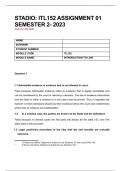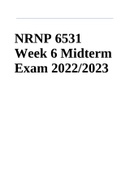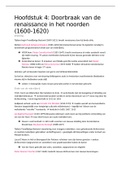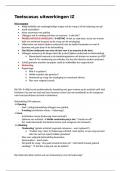Exam (elaborations)
ITL152 ASSIGNMENT 01 SEMESTER 2 STADIO
- Course
- ITL152 (ITL152)
- Institution
- University Of South Africa (Unisa)
THESE DOCUMENT CONTAINS DETAILRD ANSWERS FOR ITL151, INTRODUCTION TO LAW ASSIGNMENT 01 FOR STADIO STUDENTS. SEMESTER TWO. FULLY REFERENCED WITH FOOTNOTES AND BIBLIOGRAPHY.
[Show more]













